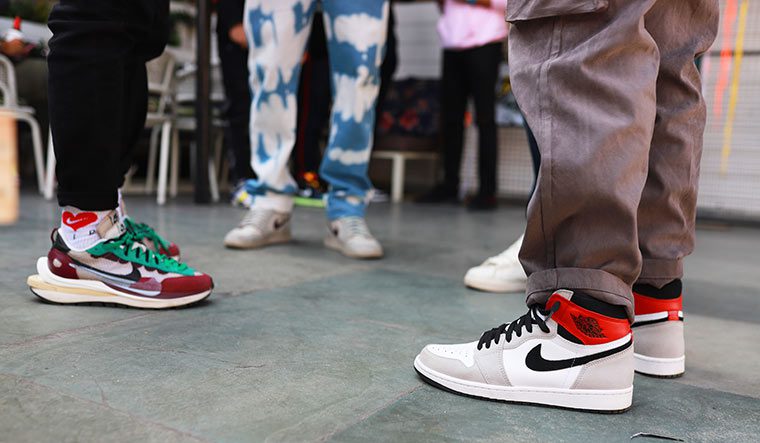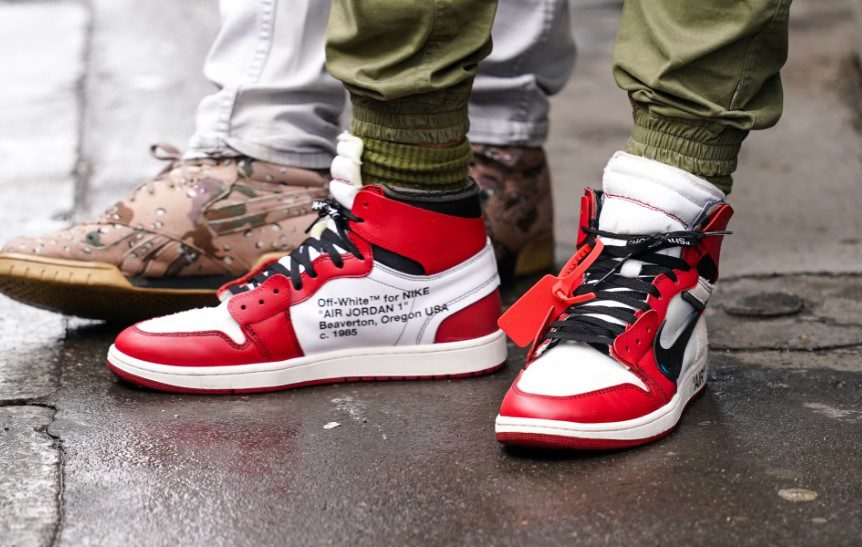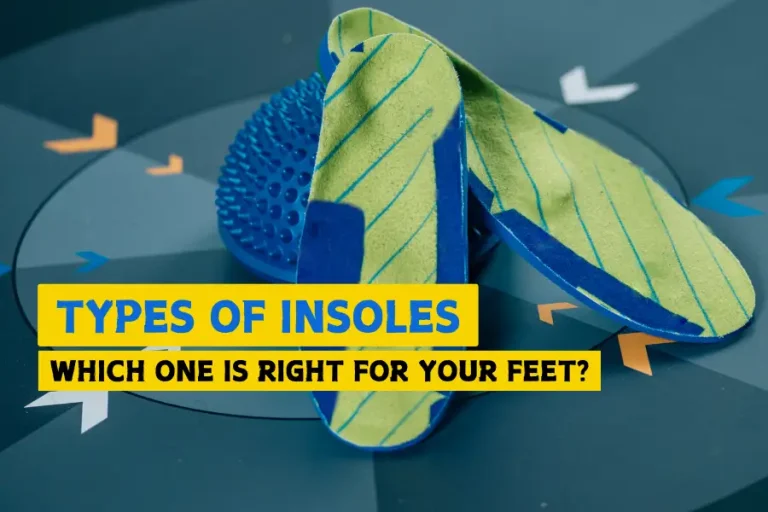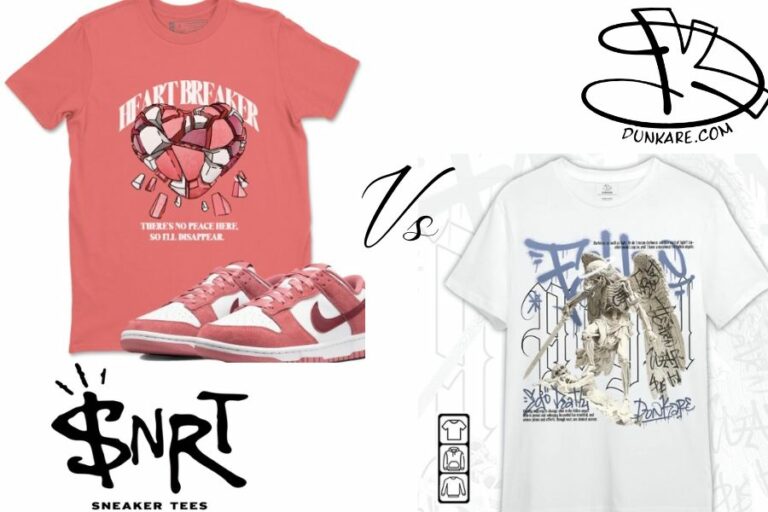What Does PADS Mean In Shoes? Does It Resemble DS?
Have you ever come across PADS on shoes before? You are likely wondering whether it is some kind of signifier or simply pads, aka the cushion inside the shoes. Indeed, it is actually an abbreviation indicating the shoe’s status.
Shoe acronyms, including this one, have counted for the confusion and wrong decisions among beginners or even sneaker collectors. As this term is extremely confusing itself, we recommend you read through this post to have everything you need to know.
What Does PADS Mean in Shoes?
With our expert experiance, We will explain the following in the most detailed way for you to understand:
Unveiling The Essence Of PADS In Sneaker Terminology
Pads meaning in shoes stands for “Pass As Deadstock”, which indicates that the sneakers, while no longer brand new, have been minimally used, perhaps taken out of the box and tried on a couple of times, yet maintain most of their original qualities.
Essentially, Pass as Deadstock implies that these shoes, despite technically not being new due to being out of the box and tried on, still preserve their qualities to a degree where they can be presented as new, often abbreviated as PA-DS.

The term “Deadstock” was notably introduced during the eBay revolution several years ago, initially referring to sneakers that were brand new, with the “newness” being determined by whether the shoes had been worn, regardless of their age or when they were purchased.
The Nuances and Variations in Sneaker Condition Descriptions
For example, a pair of Adidas bought two months ago but never worn would still be considered Deadstock, while sneakers purchased just a minute ago would lose their Deadstock status the moment they are worn.
Interestingly, in our experience, some connoisseurs in various places redefine Deadstock as “original sneakers” with unique models that brands will never produce again, such as the Adidas-Meissen ones, although such definitions are considerably rarer. Many communities often treat PA-DS and Deadstock (DS) shoes similarly, which explains why their prices might not differ significantly.
However, certain buyers, especially meticulous collectors, might exclusively want 100% DS, so it’s crucial to clearly specify their statuses in your sale post. Another term synonymous with PADS is VNDS, or Very Near Deadstock, and since both are unofficial terms, they can typically be used interchangeably.
How to Tell If The Sneakers Are Truly Pads shoes meaning?
Rather, the more appropriate question is: How to sidestep those shoes that are NOT PADS meaning?
Despite being worn once or twice, they are supposed to retain their good qualities, and these red flags listed below clearly implicate the opposite.

Bubbling Sole
Do you know the famous saying, “Only what’s inside counts?” Sneakers are by no means an exception.
Stick your fingers inside the sneaker, ensuring its insole is not bubbling. Also, you should check whether there is sturdy cushioning under its heel/foot’s ball, a clear signal of deadstock quality.
Bad Smell
Do the shoes reek a strong and annoying smell of synthetics or sweat? It’s time to drop them and run! Meanwhile, high-quality sneakers are supposed to exude a pleasing scent combo of wood, polish, and leather.
Squeaky Noises
Try to listen as closely as possible, and walk in these sneakers if possible.
Do not just choose the plush flooring in your house or most shoe departments; you should also turn to hard surfaces! The irritating click-clacks and chipping sound the footwear produce on these floorings clearly give away their subpar qualities.
Still, squeaky shoes are not entirely hopeless or unusable, and here are some solutions.
Wonky Lines
It’s time to observe the edges and seams at an extremely close distance to spot wayward glue, lackluster lines, and wonky areas that are supposed to lie flat. The stitching should stay consistent and impeccable as well.
Other Little Details
True DS or Pads sneakers meaning should transcend these symptoms – especially if they come from luxury brands.
Otherwise, these signals indicate the sneakers are no longer as good as they came: the zippers struggling to move seamlessly, the stiletto caps not secured tightly to the heel, non-functioning or flimsy laces, stick-on or rough-edged insoles, or lackluster embellishments.
Read more: What Does Retro Mean In Shoes? Retro vs. OG Shoes
When Should Sneaker Collectors Use The Term Pads Meaning In Sneakers?

Navigating through the intricate world of sneaker collecting, we often encounter various terminologies that define the condition of the coveted pairs. One such term that frequently pops up is “PADS,” an acronym that stands for “Pass As Deadstock.” But when is it apt for collectors to use this term, and how can it be misinterpreted? Let’s delve into this.
Appropriate Contexts For Using PADS
In our experiences, we’ve identified that the term PADS sneakers meaning is most suitably used in scenarios where the sneakers have been worn minimally, perhaps once or twice, yet maintain a condition that is nearly indistinguishable from brand-new or Deadstock pairs.
- Minimal Wear: Sneakers have been worn but show negligible signs of use.
- Preserved Quality: Despite being worn, the sneakers retain their original quality and aesthetics.
- Resale Context: Often used in resale descriptions to assure buyers of the near-new condition.
| Wear Level | Quality Preservation | Applicability of PADS |
| Minimal | High | Yes |
| Extensive | Low | No |
Common Misconceptions And Misuses Of The Term
While PADS shoes meaning is a term widely recognized among sneaker enthusiasts, it’s not immune to misconceptions and misuse. We believe that clarity in communication is paramount, especially in a market driven by the condition and rarity of items.
- Misconception of Newness: Some may mistake pads meaning shoes as equivalent to Deadstock, which is not accurate since PADS indicates slight wear.
- Overuse: We’ve noticed instances where sellers label sneakers as PADS even when wear is noticeable, which can mislead potential buyers.
- Quality Overestimation: Sometimes, sellers might overestimate the condition, labeling a pair as pads meaning shoes when it doesn’t meet the criteria.
| Misuse | Correction |
| Equating to Deadstock | Clarify the slight wear associated with PADS |
| Over-labeling as PADS | Ensure accurate descriptions of wear and condition |
In our opinion, the judicious use of the term PADS is crucial in maintaining transparency and trust within the sneaker collecting and trading community. It’s imperative to utilize it accurately, ensuring that the condition of the sneakers genuinely reflects the PADS criteria, thereby safeguarding the integrity of transactions and relationships within the community.
Conclusion
What does PADS mean in shoes? In our perspective, while PADS serves as a valuable term, bridging the gap between Deadstock and used sneakers, its utility is deeply intertwined with the honesty and accuracy of sneaker descriptions. The term not only facilitates a more nuanced understanding of sneaker conditions but also enriches the lexicon of sneaker enthusiasts, collectors, and resellers alike.









